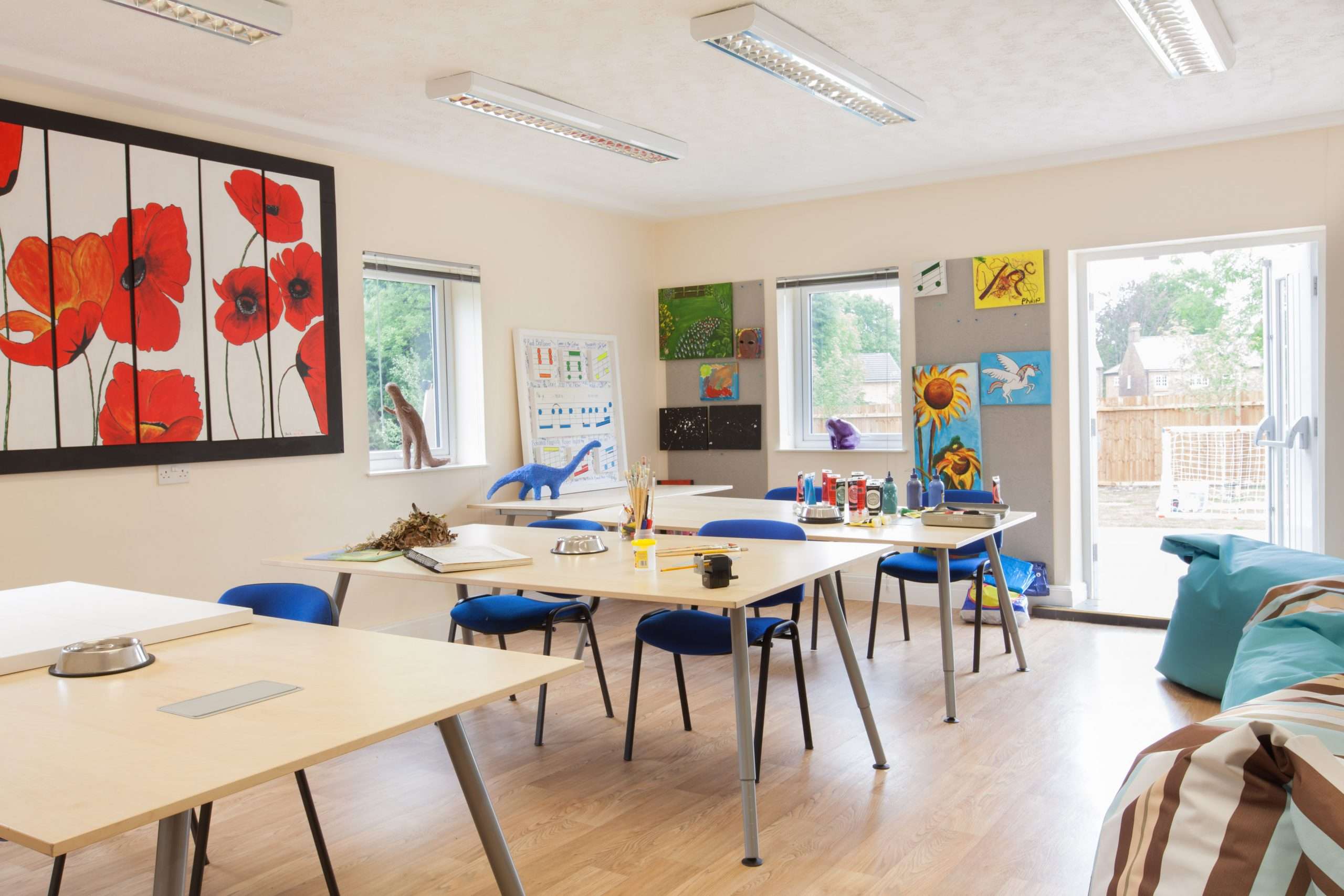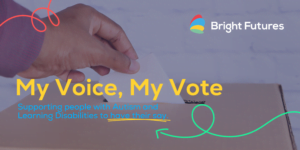Fragile X syndrome (FXS) is a genetic condition affecting people all over the United Kingdom. Caused by a full mutation of the FMR1 gene, fragile x syndrome affects intellectual ability, behavior and learning, and can cause specific physical characteristics.
While more boys are usually affected, females can be symptomatic of fragile x syndrome or a fragile x associated illness. This genetic disorder can cause intellectual disabilities, to different degrees, short attention span, restlessness and sensory problems.
As well as this, distinct facial features can often appear in those suffering from fragile x syndrome. Large ears and a long face, as well as a prominent jaw bone, can all be features of FXS.
While both boys and girls can be affected by FXS, females typically present far fewer symptoms. In fact, around 1 in 3 girls diagnosed with FXS will show no intellectual disability or behavioural challenges.
Males typically present the most severe FXS symptoms, but this is not a given. Most carriers of this genetic pre-condition don’t know they are, and Fragile X Syndrome may go undetected for years.
Learning with Fragile X Syndrome
For a child facing navigating life with a genetic disorder such as FXS, the challenge can be daunting. The same is equally true for parents with a new diagnosis to understand, and learn to help their child with.
But, as with so many conditions affecting intellect and behaviour, educational tools can go a long way to alleviating the challenges. While there is currently no cure for FXS, sufferers can still lead fruitful lives.
At Bright Futures, we pride ourselves on building environments that young people can thrive in. Our schooling systems have been designed to offer children suffering with FXS a dedicated learning environment.
As well as this, our needs-led approach to resourcing and access to a permanent workforce at all times, ensures we are always looking for the best for our students.
While behavioural challenges can lead to difficulty in connecting with others, the opportunity to learn with other pupils facing similar challenges can offer your child compatible peers.
We don’t believe taking young people out of their home environment should ever be the first choice. However, when this is a necessary step, we are here to make sure your child is allowed to develop and progress.







